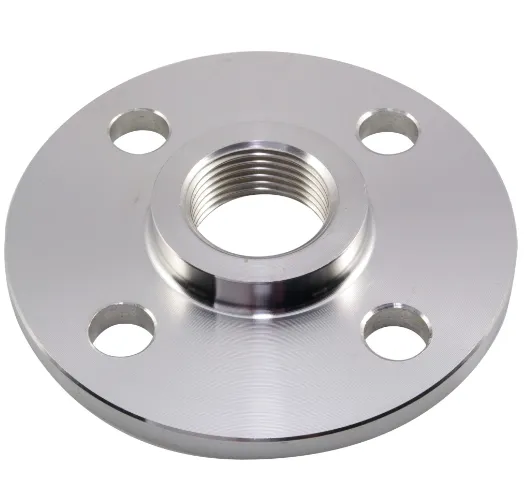-
Cangzhou Yulong Steel Co., Ltd.
-
Phone:
+86 13303177267 -
Email:
admin@ylsteelfittings.com
- English
- Arabic
- Italian
- Spanish
- Portuguese
- German
- kazakh
- Persian
- Greek
- French
- Russian
- Polish
- Thai
- Indonesian
- Vietnamese
- Zulu
- Korean
- Uzbek
- Hindi
- Serbian
- Malay
- Ukrainian
- Gujarati
- Haitian Creole
- hausa
- hawaiian
- Hebrew
- Miao
- Hungarian
- Icelandic
- igbo
- irish
- Japanese
- Javanese
- Kannada
- Khmer
- Rwandese
- Afrikaans
- Albanian
- Amharic
- Armenian
- Azerbaijani
- Basque
- Belarusian
- Bengali
- Bosnian
- Bulgarian
- Catalan
- Cebuano
- China
- China (Taiwan)
- Corsican
- Croatian
- Czech
- Danish
- Esperanto
- Estonian
- Finnish
- Frisian
- Galician
- Georgian
- Kurdish
- Kyrgyz
- Lao
- Latin
- Latvian
- Lithuanian
- Luxembourgish
- Macedonian
- Malgashi
- Malayalam
- Maltese
- Maori
- Marathi
- Mongolian
- Myanmar
- Nepali
- Norwegian
- Norwegian
- Occitan
- Pashto
- Dutch
- Punjabi
- Romanian
- Samoan
- Scottish Gaelic
- Sesotho
- Shona
- Sindhi
- Sinhala
- Slovak
- Slovenian
- Somali
- Sundanese
- Swahili
- Swedish
- Tagalog
- Tajik
- Tamil
- Tatar
- Telugu
- Turkish
- Turkmen
- Urdu
- Uighur
- Welsh
- Bantu
- Yiddish
- Yoruba

Dec . 05, 2024 14:16 Back to list
din flange
Understanding DIN Flanges A Comprehensive Guide
Flanges are essential components in various industries, playing a critical role in connecting pipes, valves, and other equipment. Among the different types of flanges, DIN flanges are particularly significant due to their widespread usage in Europe and beyond. This article explores the design, standards, applications, and advantages of DIN flanges, providing a thorough understanding of their importance in modern engineering.
What are DIN Flanges?
DIN flanges conform to the standards set by the Deutsches Institut für Normung (DIN), a German organization responsible for establishing engineering norms. The DIN standards ensure that flanges are manufactured to high-quality specifications, promoting consistency, reliability, and safety across different applications. These flanges come in various types and sizes, adhering to specific pressure ratings and material constructions, making them versatile for numerous piping systems.
Standard Types and Specifications
DIN flanges are categorized into several types, with the most commonly used being the flat-faced, raised-faced, and ring-type joint flanges. The designation for DIN flanges typically follows a numerical system, such as DIN 2573 or DIN 2527, where each number corresponds to particular specifications. For example, DIN 2573 specifies a flanged connection for steel pipes, delineating the dimensions, tolerances, and material requirements.
The materials used for manufacturing DIN flanges are diverse, including carbon steel, stainless steel, and alloy steel, each catering to different environmental factors such as temperature, pressure, and corrosive conditions. The choice of material significantly impacts the performance and longevity of the flange in a given application.
Applications of DIN Flanges
din flange

DIN flanges are prominently used in various sectors, including oil and gas, water treatment, chemical processing, and HVAC systems. Their robust design allows them to withstand high-pressure and high-temperature conditions, making them ideal for critical applications where safety and reliability are paramount.
In the oil and gas sector, for instance, DIN flanges are essential for creating secure connections between drilling equipment and pipelines. They also find usage in the chemical industry for the safe transport of hazardous materials, ensuring that leaks and failures are minimized. Additionally, in HVAC systems, DIN flanges are used to connect ductwork, allowing for efficient airflow and temperature control.
Advantages of DIN Flanges
One of the primary advantages of DIN flanges is their standardization. The consistency in size and design means that engineers and technicians can easily replace or repair parts without worrying about compatibility issues. Furthermore, the rigorous testing and quality assurance associated with DIN standards enhance the reliability of these flanges in various environments.
Another benefit of DIN flanges is their ease of installation. They can be easily bolted to pipes and other equipment, allowing for rapid assembly and disassembly when maintenance is required. This feature is particularly beneficial in industrial settings where downtime can result in significant financial losses.
Finally, the variety of available materials and designs ensures that there is a suitable DIN flange for nearly every application. Whether dealing with high-stress environments or more standard conditions, industries can find an appropriate DIN flange to meet their needs.
Conclusion
In conclusion, DIN flanges are indispensable components in modern engineering, providing reliable connections in multiple applications. Their adherence to stringent standards, ease of installation, and diverse material options make them a preferred choice for engineers worldwide. As industries continue to evolve and demand more resilient solutions, the significance of DIN flanges will undoubtedly grow, ensuring safe and efficient operations across numerous sectors.
Latest news
-
ANSI 150P SS304 SO FLANGE
NewsFeb.14,2025
-
ASTM A333GR6 STEEL PIPE
NewsJan.20,2025
-
ANSI B16.5 WELDING NECK FLANGE
NewsJan.15,2026
-
ANSI B16.5 SLIP-ON FLANGE
NewsApr.19,2024
-
SABS 1123 FLANGE
NewsJan.15,2025
-
DIN86044 PLATE FLANGE
NewsApr.19,2024
-
DIN2527 BLIND FLANGE
NewsApr.12,2024
-
JIS B2311 Butt-Welding Fittings LR/SR 45°/90° /180°Seamless/Weld
NewsApr.23,2024











